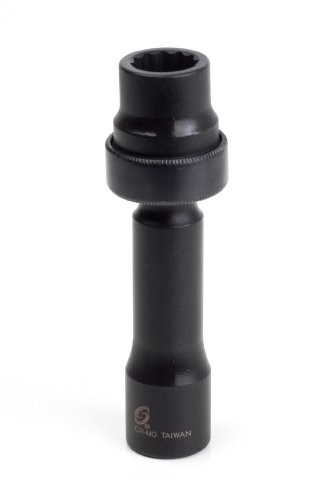- Joined
- Aug 14, 2014
- Messages
- 4,560
- Reaction score
- 1,604
- Location
- Madison, WI
- My Car
- 1971 Mach 1 w/408C stroker
So yesterday I was at a HPDE event at one of the tracks near by. In a few occasions when braking hard at the end of the front straight away I got a unpleasant shake coming from the front end in addition to some tire skidding. I didn't get this effect anywhere else in the track when braking hard but when going at 100-115 mph. My theory is that the front end may be getting lighter at high speed which is leading to locking the front tires. It was not a continuous lock, but it was more like on and off which made the front end shake. I didn't lock the tires anywhere else in the track except at this spot at high speed. I talked to others and no one had problems in that section of the track. I fixed the problem, without thinking of the front end lift theory, by getting on the brakes lightly at the beginning before the hard braking. This may have helped push the front end down and reduce lift, in addition to reducing the speed. Any thoughts? Next time, which will be next year, I will try to shift some brake bias to the rear but maybe I should look into making some type of lower front spoiler to use for track days only. Right now I have the stock spoiler and I don't want anything lower for the street.























































